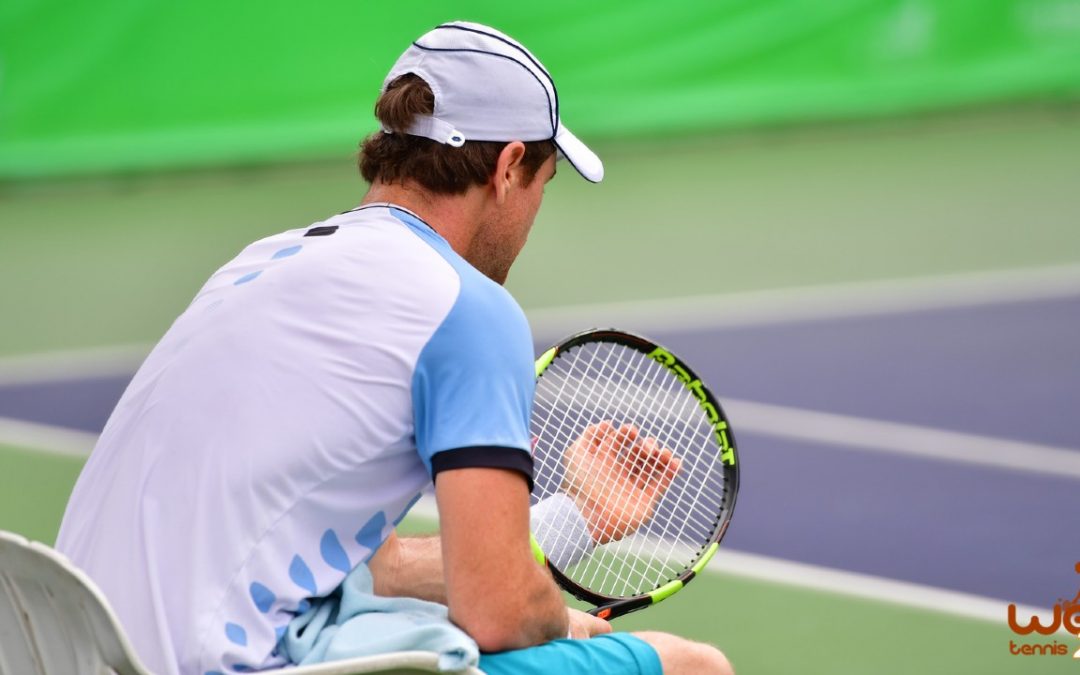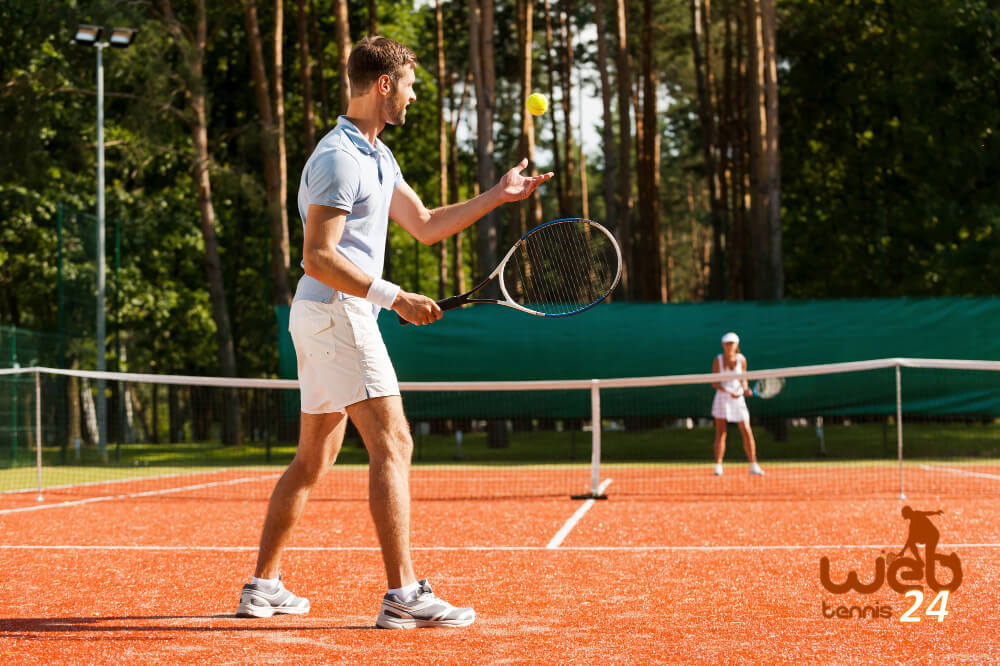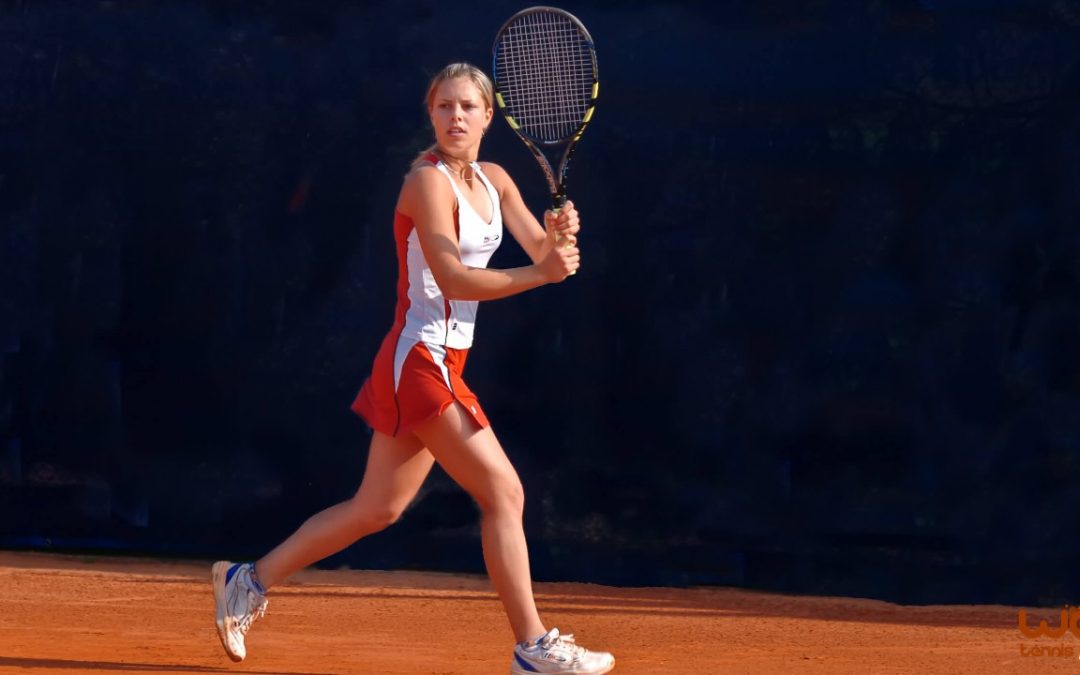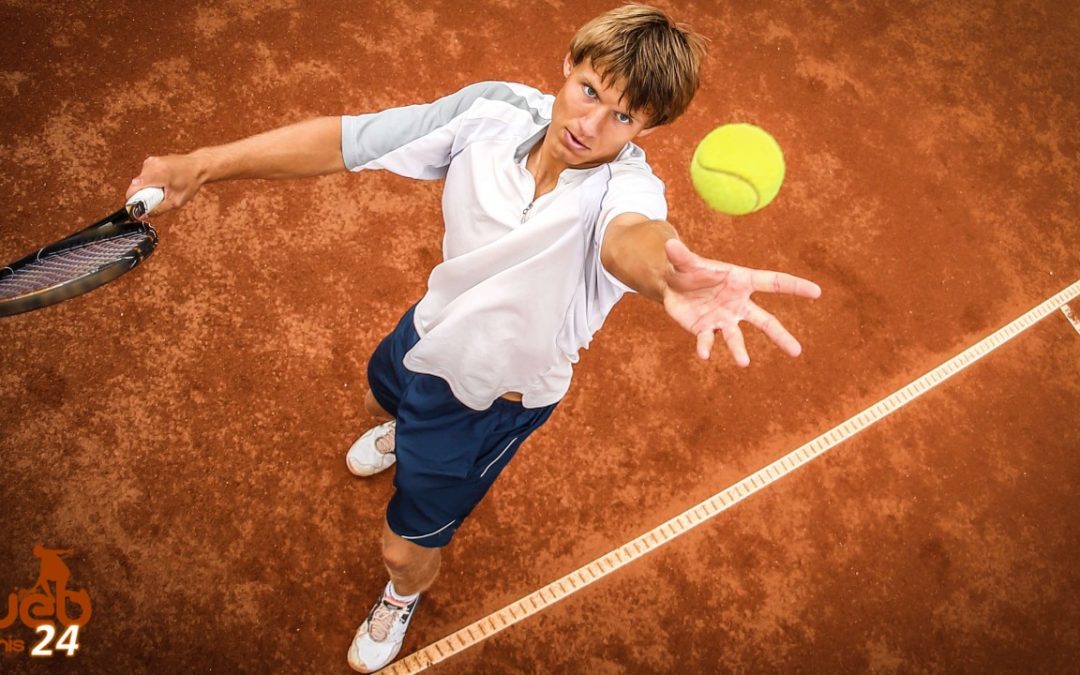
Challenging Questions in Tennis
You are in a very tough match. Your opponent is striving to win and making you work hard for every point. You struggle physically and mentally and think about whether you have the strength to go all the way.
The inevitable questions come to your mind: Is my struggle worth it? Is the effort worth it? Why should I try my best? Do I HAVE to try my best?
The truth is that every competitive player has been in this situation: give up or keep fighting…
Why “give up”?
Well, for the simple reason that giving up gets us back to our comfort zone – going back to the intimacy of our home, relaxing with family and friends, and… just resting.
On the other side, the “keep fighting” mode means continuing the hard work and the understanding that if we win then we’ll have to get back on the court the next day (during a tennis tournament) and go through this “struggle” all over again.
It is not easy to keep going. It is not easy to keep fighting. The idea of giving up is so… tempting. It is a lot easier to give up than to fight… It is a lot easier to stay in comfort than not.
I don’t blame you if you decide to play and lose. I don’t blame you if you don’t want to continue even though you could. But I will tell you that what you do on the tennis court will reflect what you will do in life!

Cosmin Miholca
Certified Tennis Coach
Check out my work at WebTennis24 where I share with you my best video tennis lessons, drills and tips for players, coaches and tennis parents.






